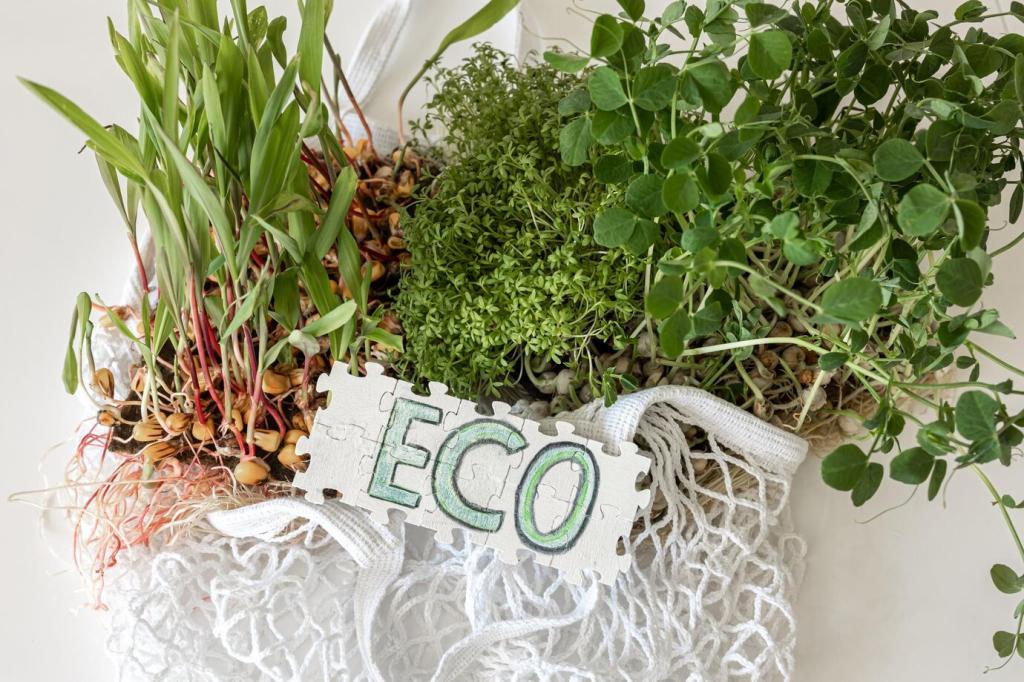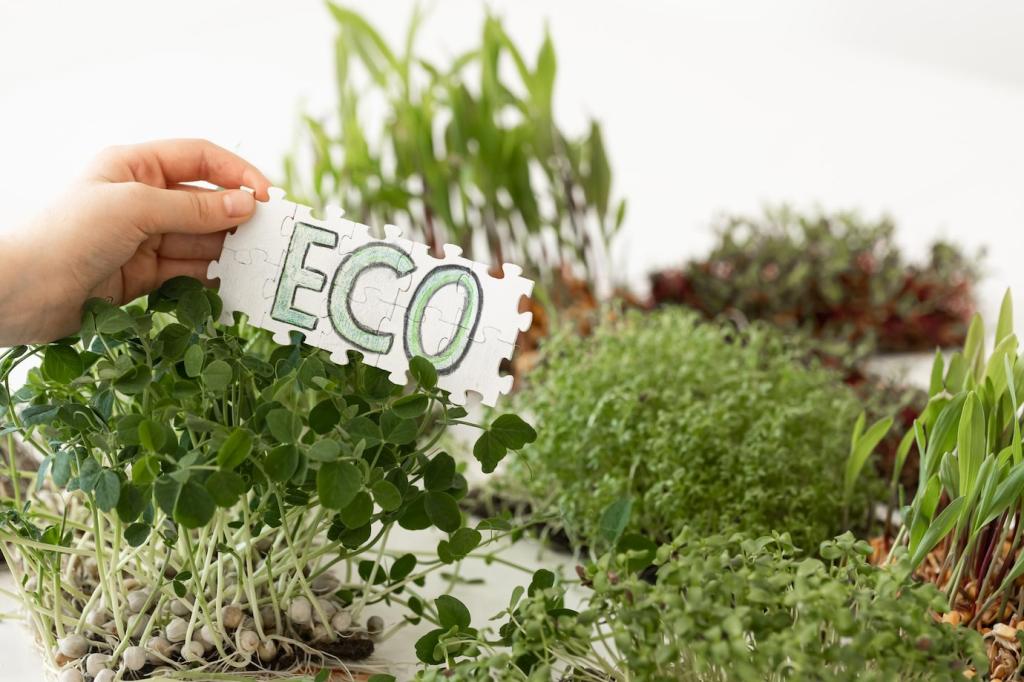Prospect and Refuge: Spaces That Feel Safe and Inspired
Elevated sightlines and clear paths reduce anxiety, whether in a café or living room. A library added low shelving and gained sweeping views without losing capacity. Show us your favorite prospect point—balcony, stair landing, or window seat.
Prospect and Refuge: Spaces That Feel Safe and Inspired
Refuge zones with lower ceilings, enveloping materials, and gentle light help concentration. A freelancer carved a reading alcove behind a curtain of plants and doubled writing output. Comment with a photo of your best nook and why it works.





